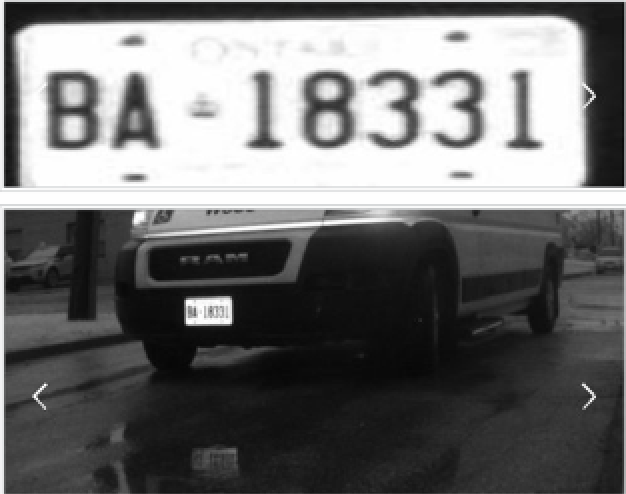Hardware & Software Considerations For License Plate Recognition
From hardware to software and everything in between.
Published in Parking Industry
4 min read
As societal needs continue to expand far beyond ticket-based parking interactions, your facility needs to follow course. Frictionless technologies such as license plate recognition (LPR) allow you to get more out of your parking program, with streamlined access control, enforcement capabilities and data optimization.
But it doesn’t stop there. Advancements in frictionless LPR solutions are on the rise as we become increasingly digitized and interconnected, with more and more parking owners and operators opting for LPR over traditional access technologies.
To make your LPR venture easy, below is a comprehensive list of components and key considerations you need to account for when investing in this technology.
LPR Technology Specifications:
LPR Mounting Options:
How to mount your LPR system is dependent on where the camera is being mounted and of course the hardware you choose to proceed with. Parking operators are encouraged to conduct a site analysis before installation to decide the appropriate camera location that will enable your system to capture an image of the license plate accurately.
Mounting options for LPR systems are as follows:
Wall mounted
Pole mounted
Cabinet with an enclosed camera— equipped with light to help with low lighting conditions
LPR Camera Specifications:
The main component of an LPR system is of course, the camera. The camera specifications below are standard criteria required to ensure thorough imaging of a license plate is captured in order to secure your bottom line.
Standard specifications for LPR cameras mounted on enforcement vehicles are identical to that of cameras located at a parking lot entry and exit. They are commonly referred to as license plate inventory (LPI).
Colour camera
1080p, full high definition (HD) resolution. The “p” in stands for “progressive scan” which helps minimize blur caused by movement
LPR Lighting Specifications:
Infrared lighting provides a clear image capture of the license plate through its reflective properties off of metal. This type of lighting is invisible to the human eye, allowing the LPR technology to emit light and capture a clear image in dark, grey and overcast conditions. Its reflective properties also reflect off of the whitespace on the vehicle licence plate, allowing the license plate number to be read clearly.
When purchasing an LPR system, it’s essential to ensure the camera’s lighting specifications are infrared (IR) in order to detect colour spectrum and red-light spectrum.
LPR Software Specifications:
LPR Optical Character Recognition and Read Ranges
Optical character recognition is the mathematical term for how a camera and an LPR software can read and understand a letter or an image. Once detected, the characters from a license plate are translated into alphanumeric text by comparing each character image to representative images stored in the database.
License plate recognition technology should have a read range of 90% or more. This means that all characters on the license plate are read accurately 90% of the time (even for international or out-of-province license plates).
To keep up with the movement of vehicles, LPR systems should detect and read a license plate in less than 300 milliseconds. Once read, the data is communicated to a unique central management system for review and approval.
LPR read ranges for North American license plates include:
N: 7 digits are accurately read
N-1: 6 digits are accurately read
N-2: 5 digits are accurately read
N-3: 4 digits are accurately read
N-4: 3 digits are accurately read
N-5: 2 digits are accurately read
N-6: 1 digit is accurately read
Note: N is the variable used to determine the length of numbers.
If a license plate is not associated with the LPR technology, it will not be read. In this case, customers with an unassociated license plate must call for assistance in order to verify their license plate number and/or time of entry or exit in a gated facility.
License plate recognition is a built-in gateway to your parking facility. As LPR requires significant investment from both a resource and budgetary standpoint, it is essential to understand standard hardware and software specifications before deciding on technology that best suits your business and customer needs.
Reference
License plate recognition - precise ParkLink: Parking management services. Precise ParkLink | Parking Management Services. (n.d.). Retrieved September 21, 2021, from https://www.preciseparklink.com/ps-license-plate-recognition-parking-technology



